The Reenchantment of the World (19 page)
Read The Reenchantment of the World Online
Authors: Morris Berman
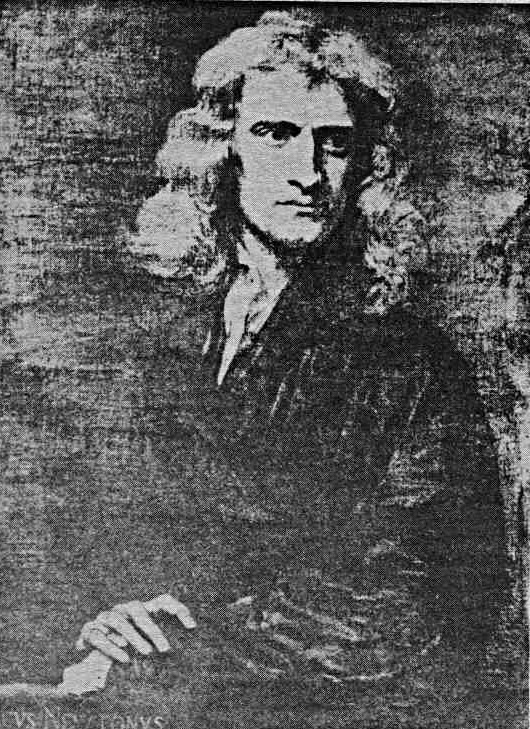
Plate 12. Isaac Newton, 1689. Portrait by Godfrey Kneller. Lord Portsmouth
and the Trustees of the Portsmouth Estate.
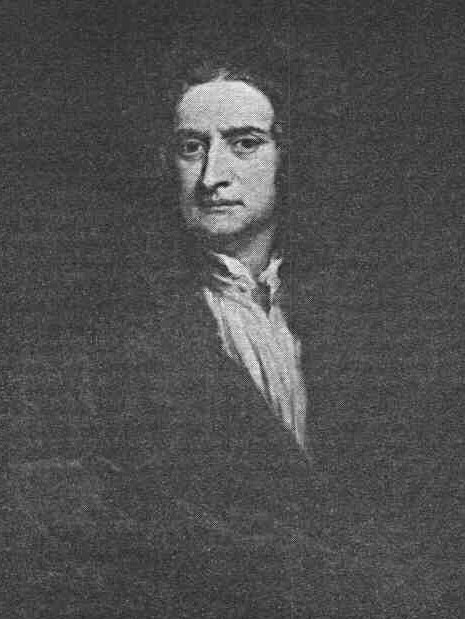
Plate 13. Isaac Newton, 1702. Portrait by Godfrey Kneller. Courtesy,
National Portrait Gallery, London.
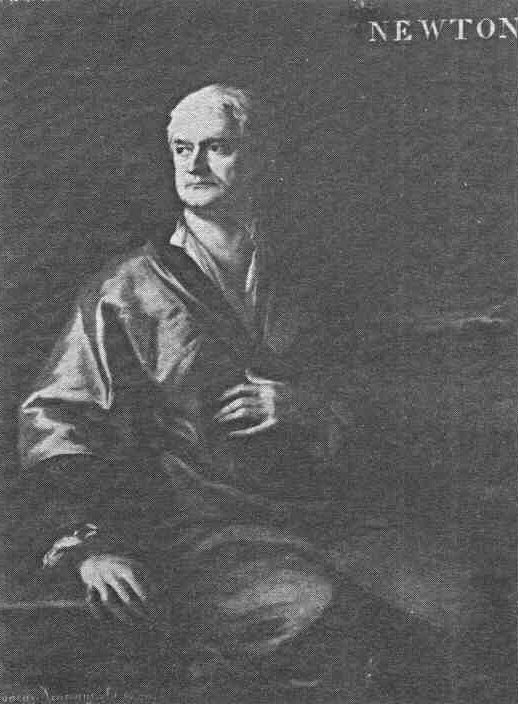
Plate 14. Isaac Newton, ca. 1710. Portrait by James Thornhill.
By permission of the Master and Fellows of Trinity College, Cambridge.
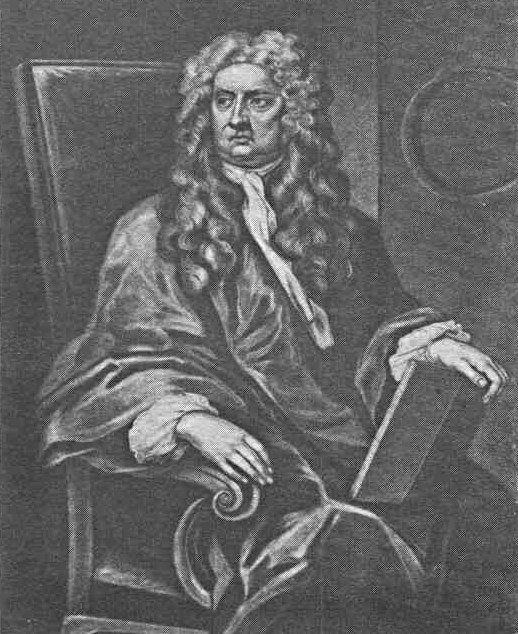
Plate 15. Isaac Newton, 1726, the year before his death. Mezzotint by
John Faber, after painting by John Vanderbank. Courtesy, Prints Division,
The New York Public Library, Astor, Lenox and Tilden Foundations.
classes were suppressed at the level of work and labor, so did the middle
and upper classes keep themselves in check at the level of literary
and intellectual activity. The attack on enthusiasm was breathtakingly
successful, and is reflected in the poetry of the eighteenth century (the
carefully contrived couplets of Dryden and Pope) as well as the notion
of classical scholarship itselt. "The classics!" cried Blake. "It is the
classics, and not Goths nor monks, that desolate Europe with wars."26
In his painting of Newton, carving up the world with a compass (Plate
16), Blake tried to show the blindness of this orientation to nature;
and nowhere did he say it better than in his verse letter to Thomas Butts
(1802):
Now I a fourfold vision see,
And a fourfold vision is given to me;
'Tis fourfold in my supreme delight
And threefold in soft Beulah's night
And twofold always. May God us keep
From Single vision & Newton's sleep! 27
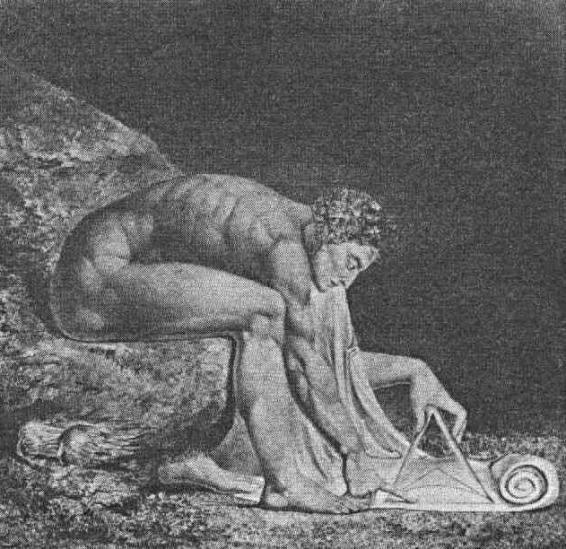
Plate 16. William Blake, Newton (1795). The Tate Gallery, London.Newton is pictured in Blake's painting sitting at the bottom of the
Sea of Space and Time. The polyp near his left foot symbolizes, in
Blake's mythology, "the cancer of state religion and power politics,"
while Newton stares at his diagram "with the catatonic fixity of 'single
vision'. . . ." 28
Blake's attack on the Newtonian world view raises a question that Hill
has made the theme of
The World Turned Upside Down
: how can we be
so sure that the way things are is right side up? Bourgeois society,
he notes, was a powerful civilization, producing great intellects in
the Newtonian and Lockean mold, But, he adds, it was
the world in which poets went mad, in which Locke was afraid of
music and poetry, and Newton had secret, irrational thoughts which
he dared not publish. . . .
Blake may have been right to see Locke and Newton as symbols of
repression. Sir Isaac's twisted, buttoned-up personality may help us
to grasp what was wrong with the society which deified him. . . . This
society, which on the surface appeared so rational, so relaxed,
might perhaps have been healthier if it had not been so tidy, if it
had not pushed all its contradictions underground: out of sight,
out of conscious mind. . . . What went on underground we can only
guess. A few poets had romantic ideas out of tune with their world;
but no one needed to take them too seriously. Self-censored meant
self-verifying.29
"Great though the achievements of the mechanical philosophy were," Hill
writes at another point, "a dialectical element in scientific thinking,
a recognition of the 'irrational' (in the sense of the mechanically
inexplicable) was lost when it triumphed, and is having to be painfully
recovered in our own century."30
The emphasis here is on the word "painfully." In Chapter 3, I discussed
the role of surrealist art in attempting to liberate the unconscious. But
because the unconscious is so repressed, its great mouthpiece in postwar
Europe and America has become not art, but madness. Without going into
too much detail, it is necessary to point out that a major part of the
psychotic experience is the return to the perception of the world in
Hermetic terms. That madness is the best route to this perception I tend
to doubt; but the fact that madness triggers the premodern epistemology
of resemblance does suggest that the insane are onto something we have
forgotten, and that (cf. Nietzsche, Laing, Novalis, Hölderlin, Reich
. . .) our sanity is nothing but a collective madness.
Although it would take extensive clinical studies of insanity to establish
this argument, even a casual review of the case histories described by
Laing in "The Divided Self" tends to substantiate it.31 In general, says
Laing, having a disembodied self creates a sense of merger or confusion
at the interface between inside and outside. As in soteriological
alchemy or mystical experience, the subject/object distinction blurs;
the body is not felt as being separate from other things or people. One
of Laing's patients, for example, did not distinguish between rain on her
cheek and tears. She also worried that she was destructive, in the sense
that if she touched anything, she would literally damage it (antipathy
theory). Schizophrenics occasionally demonstrate a belief that inanimate
objects contain extraordinary powers, and Laing describes the case of
a man who, while on a picnic, undressed and walked into a nearby river,
declaring that he had never loved his wife and children, pouring water
on himself repeatedly, and refusing to leave the river until he had been
"cleansed." Here we have the original notion of baptism, the belief that
water bears the impressed virtue of God (doctrine of signatures), and
thus has healing powers. Another patient practiced various techniques
to "recapture reality," such as repeating phrases she regarded as real
over and over in the hope that their "realness" would rub off on her
(sympathy theory, notion of 'mana'). Finally, as I indicated in Chapter
3, Laing's own method is alchemical in that it follows the notion of
participating consciousness, or sympathy theory. All humanistic therapies,
in fact, are rooted in original participation. The use of art, dance,
psychodrama, meditation, body work, and the like ultimately boils down
to a merger of subject and object, a return to poetic imagination or
sensuous identification with the environment, In the last analysis, the
good therapist is nothing more than the master alchemist to his or her
patients, and effective therapy is essentially a return to the inherent,
organic order that magic represented. The classification schemes of modern
science, their Linnaean order and precision, purport to arise from the
ego alone, to be fully rational-empirical. They thus represent a logical
order that is imposed on nature and the human psyche. As a result, they
violate something that magic, for all its technological limitations,
had the instinctive wisdom to preserve.
Madness is, in the end, a statement about logical categories, and its
reversion to the structure of premodern thought represents a revolt
against the reality principle that it sees as crushing the human
spirit. The increasing incidence of madness in our time reflects the
desperate need for the recovery of dialectical reason. Does alchemy, or
technology, represent the altered state of consciousness? Is material
production, or human self-realization, most consonant with true,
human needs? Is subjugation of the earth, or harmony with it, the best
way to proceed? I would submit that there is only one answer to these
questions, and only one conclusion to our survey of the disenchantment
of the world: in the seventeenth century, we threw out the baby with the
bathwater. We discounted a whole landscape of inner reality because it
did not fit in with the program of industrial or mercantile exploitation
and the directives of organized religion. Today, the spiritual vacuum
that results from our loss of dialectical reason is being filled by all
kinds of dubious mystical and occult movements, a dangerous trend that
has actually been encouraged by the ideal of the disembodied intellect
and the classical scholarship that Blake rightly found revolting. Modern
science and technology are based not only on a hostile attitude toward
the environment, but on the repression of the body and the unconscious;
and unless these can be recovered, unless participating consciousness
can be restored in a way that is scientifically (or at least rationally)
credible and not merely a relapse into naive animism, then what it means
to be a human being will forever be lost.
The remainder of this book will be devoted to an exploration of such
options.
5
Prolegomena to
Any Future Metaphysics (1)
Perhaps we need to be much more radical in the explanatory hypotheses
considered than we have allowed ourselves to be heretofore. Possibly
the world of external facts is much more fertile and plastic than we
have ventured to suppose; it may be that all these cosmologies and
many more analyses and classifications are genuine ways of arranging
what nature offers to our understanding, and that the main condition
determining our selection between them is something in us rather
than something in the external world.
--E. A. Burtt, "The Metaphysical Foundations
of Modern Science"
In previous chapters we have discussed the modern scientific outlook,
demonstrated its relationship to certain social and economic developments,
and examined the psychological landscape that it destroyed. This
analysis suggests that the Western world paid a high price for the
triumphs of the Cartesian paradigm and that there are severe limits to
it in terms of human desirability. Indeed, even its objective accuracy
can be debated for, as we have seen, its triumph over the metaphysics
of participating consciousness was not a scientific but a political
process; participating consciousness was rejected, not refuted. As a
result, we are forced to consider the possibility that modern science
may not be epistemologically superior to the occult world view, and that
a metaphysics of participation may actually be more accurate than the
metaphysics of Cartesianism. A number of scientific thinkers, including
Alfred North Whitehead, have argued this thesis in one form or another
and, as early as 1923, the psychologist Sándor Ferenczi called for the
"re-establishment of an animism no longer anthropomorphic."2 Yet our
culture hangs on to mechanism, and to all of the problems and errors it
involves, because there is no returning to Hermeticism and -- apparently
-- no going on to something else.
I have promised to devote the second half of this book to "something else,"
and in subsequent chapters I shall enlarge on what might serve as a
post-Cartesian world view. Before contemplating an alternative, however, it
is necessary to elaborate on a key weakness in the epistemology of modern
science -- the fact that it contains participating consciousness even
while denying it. It is this denial that has created the characteristic
paradoxes of scientific thought, notably its radical relativism, and which
has also made it impossible for orthodox scientific thinking to evolve in
new directions, such as those suggested by quantum mechanics. I maintain
that an understanding of the stubborn persistence of participating
consciousness can help us to solve the problem of radical relativism
and also suggest some theoretical underpinnings for a post-Cartesian
science. The arguments I am going to advance, then, are as follows:
(1) Although the denial of participation lies at the heart of modern
science, the Cartesian paradigm as followed in actual practice is riddied
with participating consciousness.
(2) The deliberate inclusion of participation in our present epistemology
would create a new epistemology, the outlines of which are just now
becoming visible.
(3) The problem of radical relativism disappears once participation is
acknowledged as a component of all perception, cognition, and knowledge
of the world.
Fortunately for this discussion, point (1) is the central focus of two
recent and brilliant critiques of modern science: Michael Polanyi's
"Personal Knowledge," and Owen Barfield's "Saving the Appearances."3
Polanyi's major thesis is that in attributing truth to any methodology we
make a nonrational commitment; in effect, we perform an act of faith. He
demonstrates that the coherence possessed by any thought system is not
a criterion of truth, but "only a criterion of
stability
. It may
[he continues] equally stabilize an erroneous or a true view of the
universe. The attribution of truth to any particular stable alternative
is a fiduciary act which cannot be analysed in non-commital terms."4 The
faith involved, according to Polanyi, arises from a network of unconscious
bits of information taken in from the environment which form the basis
of what he calls "tacit knowing." What exactly does this concept mean?
We already have alluded to the notion of a gestalt perception of reality,
of finding in nature what you seek. Philosopher Norwood Russell Hanson
used the illustrations given in Figures 10 and 11 to make this point:5
Other books
Mystic and Rider (Twelve Houses) by Shinn, Sharon
The Granville Sisters by Una-Mary Parker
The Boleyn King by Laura Andersen
Medea's Curse by Anne Buist
Pushin' by L. Divine
The Silver Casket by Chris Mould
Prerequisites for Sleep by Jennifer L. Stone
Maybe Baby by Andrea Smith
Silencio sepulcral by Arnaldur Indridason
Timeless Mist by Terisa Wilcox